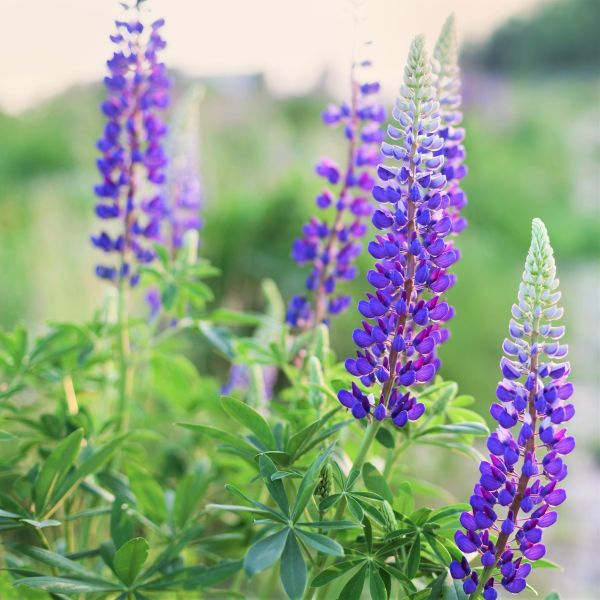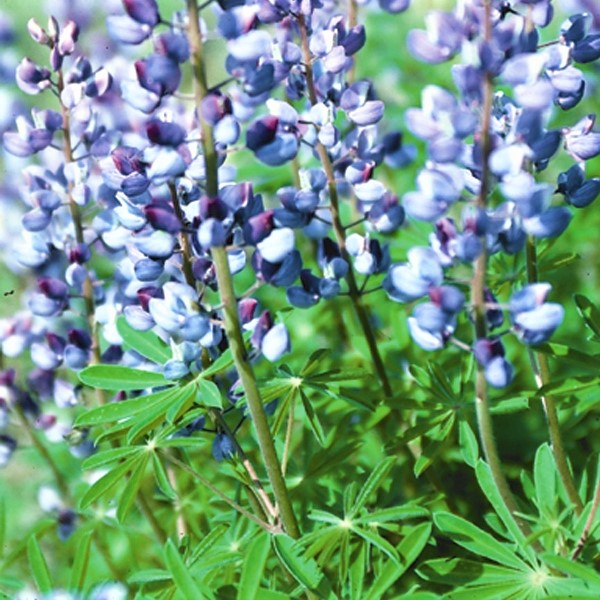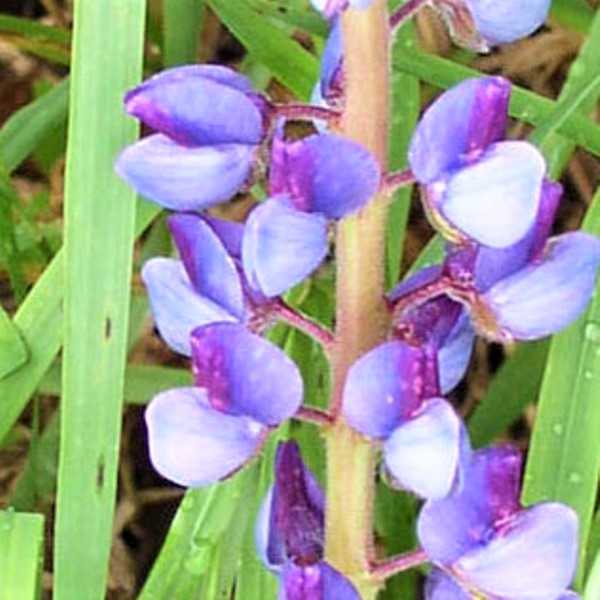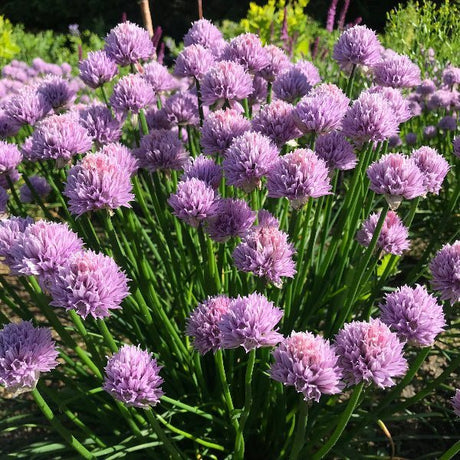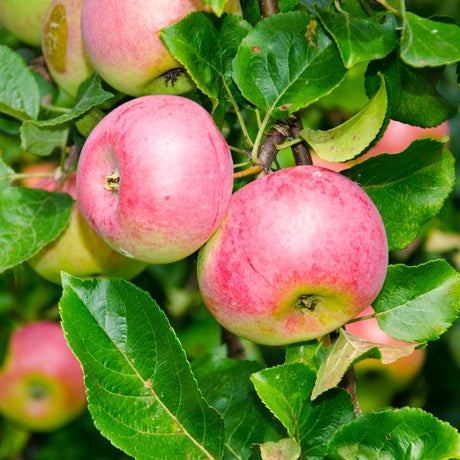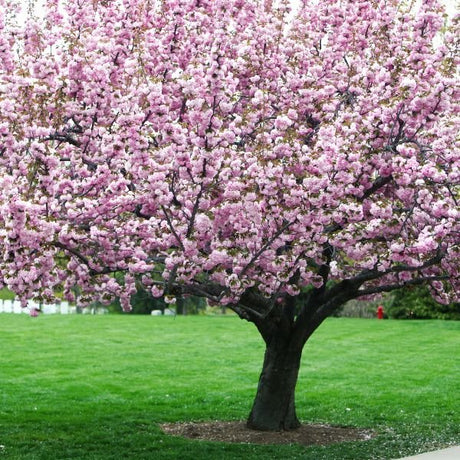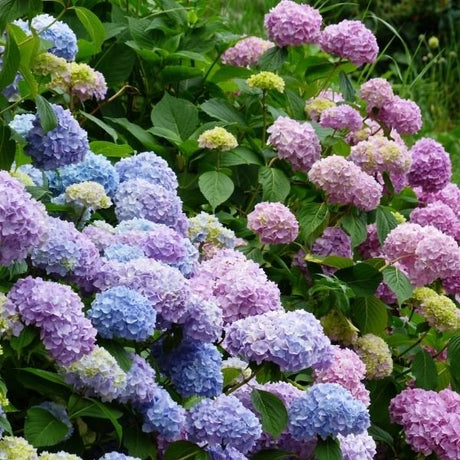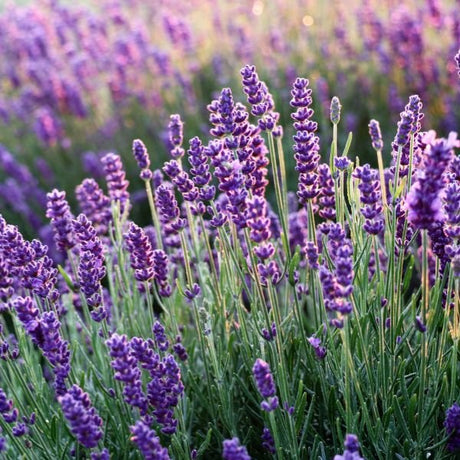Wild Lupine
Lupinus perennis
- Stay Protected with Plant Sentry ™
Wild Lupine - #1 Container is backordered and will ship as soon as it is back in stock.
Plant Sentry™
Plant Sentry™

Plant Sentry™ Protected
Your order is protected by our compliance system that:
- Prevents restricted plants from shipping to your state
- Ensures plants meet your state's agricultural requirements
- Protects gardens from invasive pests and diseases
Delivery and Shipping
Delivery and Shipping
Delivery and Shipping
Fast, Safe Plant Delivery
Ships in 3-4 business days • Tracking provided • Weather protected
| Under $50 | $9.99 |
| $50 - $99.99 | $14.99 |
| $100 - $149.99 | $16.99 |
| $150+ | $24.99 |
✓ Zone-specific timing • ✓ Professional packaging • ✓ Health guarantee
Understanding Plant Options
Nature Hills offers plants in two main formats:
- Container Plants: Grown in pots with soil, sized by container volume and plant age
- Bare Root Plants: Dormant plants without soil, sized by height measurements
Container Plant Sizes
Container sizes indicate plant age and growing capacity rather than liquid volume equivalents. Our containers follow industry-standard nursery "trade gallon" specifications, which differ from standard liquid gallon measurements.
Young Plants (6 months to 18 months old)
| Container Size | Actual Volume | Metric Equivalent |
|---|---|---|
| 2" x 2" x 3" | 0.18 - 0.21 dry quarts | 0.20 - 0.23 dry liters |
| 4" Container | 0.31 - 0.87 dry quarts | 0.35 - 0.96 dry liters |
| 4.5" Container | 0.65 dry quarts | 0.72 dry liters |
| 6" Container | 1.4 dry quarts | 1.59 dry liters |
| 1 Quart | 1 dry quart | 1.1 dry liters |
| 5.5" Container | 1.89 dry quarts | 2.08 dry liters |
Established Plants (18 months to 2.5 years old)
| Container Size | Actual Volume | Metric Equivalent |
|---|---|---|
| 2 Quart | 2 dry quarts | 2.2 dry liters |
| #1 Container | 2.26 - 3.73 dry quarts | 2.49 - 4.11 dry liters |
| 5" x 5" x 12" | 3.5 - 4.3 dry quarts | 3.85 - 4.74 dry liters |
Mature Plants (2-4 years old)
| Container Size | Actual Volume | Metric Equivalent |
|---|---|---|
| #2 Container | 1.19 - 1.76 dry gallons | 5.24 - 7.75 dry liters |
| #3 Container | 2.15 - 2.76 dry gallons | 8.14 - 12.16 dry liters |
Large Plants (3-5 years old)
| Container Size | Actual Volume | Metric Equivalent |
|---|---|---|
| #5 Container | 2.92 - 4.62 dry gallons | 12.86 - 20.35 dry liters |
| #6 Container | 5.25 - 6.01 dry gallons | 23.12 - 26.42 dry liters |
| #7 Container | 5.98 - 6.53 dry gallons | 26.34 - 28.76 dry liters |
Bare Root Plants
Bare root plants are sold by height from the root system to the top of the plant. Plants may exceed minimum height requirements.
Common Sizes:
- Trees: 1 foot, 2 feet, 3 feet, 4 feet, 5 feet, 6 feet
- Shrubs & Perennials: 1 foot, 18 inches, 2 feet
Important Notes
Container Volume Specifications
- Trade Gallon Standard: Our containers follow industry-standard "trade gallon" specifications established by the American National Standards Institute (ANSI Z60.1) for nursery stock
- Volume Variations: Actual soil volume may vary due to plant root systems and growing medium settlement
- Age Indicators: Container size primarily indicates plant age and maturity rather than liquid volume equivalents
Growing Conditions
- Plant size can vary based on variety and growing conditions
- Container size helps indicate plant maturity and establishment level
- Larger containers generally mean more established root systems and faster landscape establishment
Seasonal Availability
- Bare root plants are available seasonally when dormant
- Container plants are available throughout the growing season
- Specific varieties may have limited availability in certain sizes
Questions?
For questions about specific plant sizes or availability, please contact our plant experts who can help you choose the right size for your landscape needs.
Plant Highlights
Wild Lupine highlights at a glance!
-
Plant Class
-
Botanical Name
-
Brand
-
Growing Zones3, 4, 5, 6, 7, 8
-
Growth RateModerate
-
Mature Height
-
Mature Width
-
Flower Color
-
Fall Color
-
NativeYes
-
Pollinator FriendlyYes
-
Pollinator Required
-
Bloom PeriodEarly Summer, Late Summer
Characteristics
Where To Plant
When To Prune
- Early Spring
Water & Moisture Needs
- Moderate
Sunlight Needs
Soil Needs
- Well Drained Soil

Growing Zones 3-8
Bold Color and Native Charm
Step aside, ordinary perennials - the Wild Lupine (Lupinus perennis) is stealing the spotlight! This native beauty is loved for its upright spires bursting with blue to purple blooms, lighting up the landscape from late spring into early summer. A magnet for butterflies, bees, and hummingbirds, this pollinator-friendly perennial adds vertical drama and a sense of wild wonder wherever it grows.
Each bloom spike stretches up to a foot long, and the color progression from blue to violet is absolutely captivating. The palmate, hand-shaped leaves shimmer after rain as droplets bead across their surface - a sight you'll want your camera ready for! Naturally drought-tolerant and thriving in poor, sandy, or well-drained soils, Wild Lupine is also a nitrogen fixer that improves the soil for its neighboring plants.
A native of the eastern United States, Wild Lupine belongs to the pea family (Fabaceae) and holds special ecological importance. It's the only host plant for the endangered Karner Blue Butterfly caterpillar. Early settlers admired this plant for its beauty and hardiness, while modern gardeners prize it for its effortless adaptability and eco-friendly role in native landscapes.
>>Jump to Planting & Care Instructions
Key Features
- Native North American perennial
- Brilliant blue-to-purple flower spikes up to 12 inches long
- Nitrogen-fixing plant that enriches soil
- Deer-resistant and drought-tolerant
- Host plant for the endangered Karner Blue Butterfly
- Attracts hummingbirds, bees, and butterflies
- Excellent cut flower for vases
- Distinct palmate foliage with water-beading texture
Landscaping Uses
The upright form of Wild Lupine adds texture and height to garden designs. Mature plants grow 1-2 feet tall and 1 foot wide, ideal for native gardens, wildflower meadows, or prairie-style borders.
- Native and pollinator gardens
- Wildflower meadows and prairie restorations
- Perennial borders for vertical interest
- Naturalized slopes and dry banks
- Cut flower gardens for indoor arrangements
Care & Maintenance
This herbaceous perennial thrives in USDA Growing Zones: 3-8, tolerating full sun and well-drained soil, making it a perfect fit for water-wise and pollinator gardens. Its tough, low-maintenance nature helps it thrive even in lean, sandy, or rocky soils.
Care Tips:
- Planting Time: Best planted in spring or fall.
- Sun Requirements: Full sun for best flowering; tolerates light shade.
- Soil Requirements: Prefers sandy or gravelly, well-drained soils; avoid rich or clay-heavy soil.
- Moisture Needs: Moderate to low; new plants need consistent water their first year. Use the Finger Test to gauge moisture needs.
- Mulch: Apply a 3-4 inch layer of organic mulch; see how and why to mulch your plants.
- Fertilization Needs: Minimal; compost in early spring is sufficient.
- Pruning Info: Deadhead spent flowers to encourage more blooms; learn more about deadheading.
- Division Info: Divide every few years in spring if needed.
- Special Perks: Deer-resistant, pollinator-attracting, soil-improving, and drought-tolerant.
Don't forget to order your Nature Hills Root Booster for lifelong mycorrhizal root support.
Bring Wild Beauty Home
Let the Wild Lupine's dramatic blue spires and native charm turn your landscape into a living canvas. This stunning native perennial isn't just eye-catching - it's eco-friendly, soil-enriching, and teeming with life. Order your Wild Lupine today from Nature Hills and watch your garden buzz with pollinator activity all season long!

